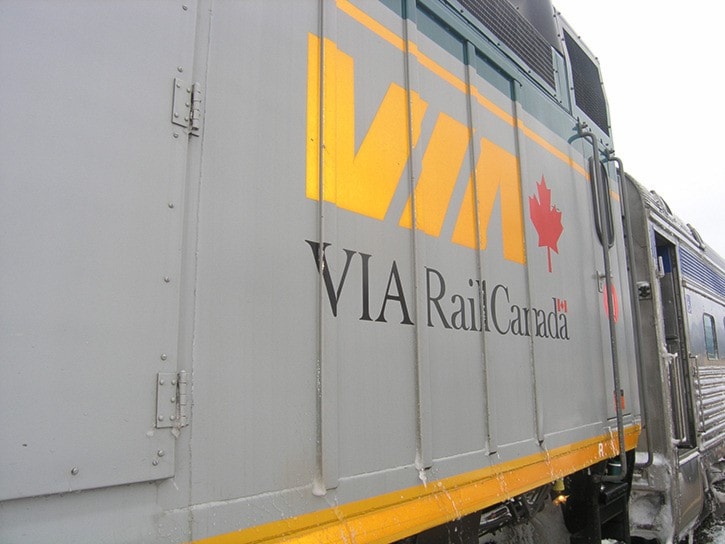Sitting at the end of Kalum Street beside the railway right of way, the George Little House serves as a kind of railway station cum museum, much like the passenger trains that run through it. Let’s face it – those cars are old and pretty worn out.
In the early 1970s, Pierre Berton wrote a pair of stirring books about the development of Canada’s first continental railroad, the Canadian Pacific Railway. Passenger service was critical, part of Canada’s plan to settle the West with European immigrants.
Coming less than half a decade after Canada’s centennial year, the books (and TV miniseries) were a celebration of Canada’s past and a kind of nationalist propaganda meant to make Canadians proud of our heritage and of our potential for the future.
Even the fact that the Conservative prime minister John A. Macdonald was forced to resign over bribery charges related to the first railway’s construction did not, a century later, diminish much the Canadian pride in our first century of independence and unity, fostered largely by the infrastructural integration the railway initially provided.
Given the essential benefits of railway access to expansion in Canada’s West, another venture, The Grand Trunk Railway Company, began expanding westward by merging with other railways, then raising financing to upgrade their growing system. At Confederation the GTR was the world’s largest railway system, but confined to the East. They set up a subsidiary, the Grand Trunk Pacific, whose line was completed in 1914.
This new expanded railway ran (and runs) down the Skeena Valley to Prince Rupert, where Charles Hays (who died on the Titanic in 1912) had hatched his grandiose plans to turn the sleepy port into another Vancouver. The Grand Trunk Railway went bankrupt in 1919, and its assets were placed under Canadian National Railways in 1923.
(Television fans of Downton Abbey may recall how Lord Robert Grantham lost his wife’s fortune by investing in the Grand Trunk Railway.)
Both these massive railways received huge subsidies and loans from various Canadian governments. The Canadian Pacific Railway Company was always a private venture, but without huge government investment and grants of land it would never have been built. The Canadian National Railway Company was owned by the Canadian government until it privatized the assets in 1995.
Both are immensely profitable. One stock analyst terms railroads “forever assets” that will be cranking out profits and dividends for decades to come. Over the past decade CP has raised its dividend an average of 10.4 per cent a year; CN raised its at about 17.7 per cent per year over the same period.
Meanwhile, what about passengers? VIA Rail is a federal crown corporation mandated by the government to offer intercity rail services. However, 98 per cent of the track it uses is owned and maintained by other railway companies. Here in the Skeena corridor CN owns the line.
Because freight trains seem to become ever longer, many of them do not fit onto sidings. Thus, when any conflict arises between use of the track by passenger traffic and freight traffic, freight always wins. Passengers who normally may love using the train must suffer long waits on sidings while freight traffic uses the line.
Ignoring the fact that these railways owe their very existence to extensive subsidies from government, rabid fans of so-called private enterprise often decry the “inefficient,” money-losing passenger service. In 2012 the Conservative government was considering proposals for “significant reductions in service,” and various privatization plans.
That Canada remains reluctant to provide world-class passenger rail service seems particularly ironic when Bombardier corporation, recipient of more than $2 billion in Canadian federal subsidies, routinely builds passenger trains for European companies. The most recent order is worth about $244 million for a German network. If you’ve ever traveled on German passenger trains, you’ll realize how fabulously efficient and comfortable they are.
Last year Elizabeth May addressed VIA Rail’s problems in parliament, noting how “we never hear…talk about subsidies to our highways,” and when governments repair roads that trucking companies routinely wear out, we consider it “investment.” Let’s invest in passenger rail again, instead of being the little engine that can’t.
Retired English teach Al Lehmann lives in Terrace, B.C.
